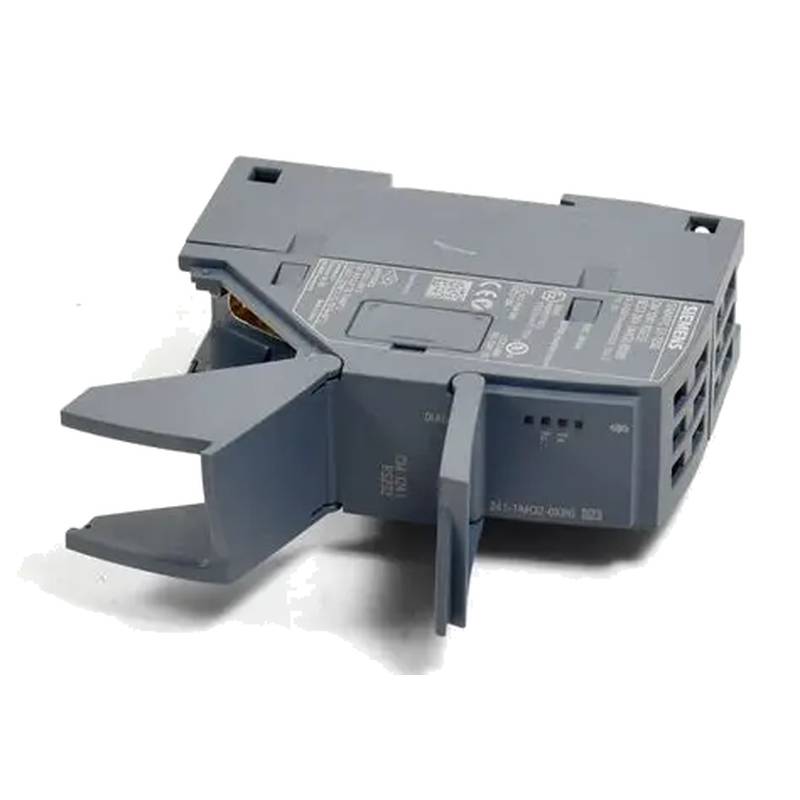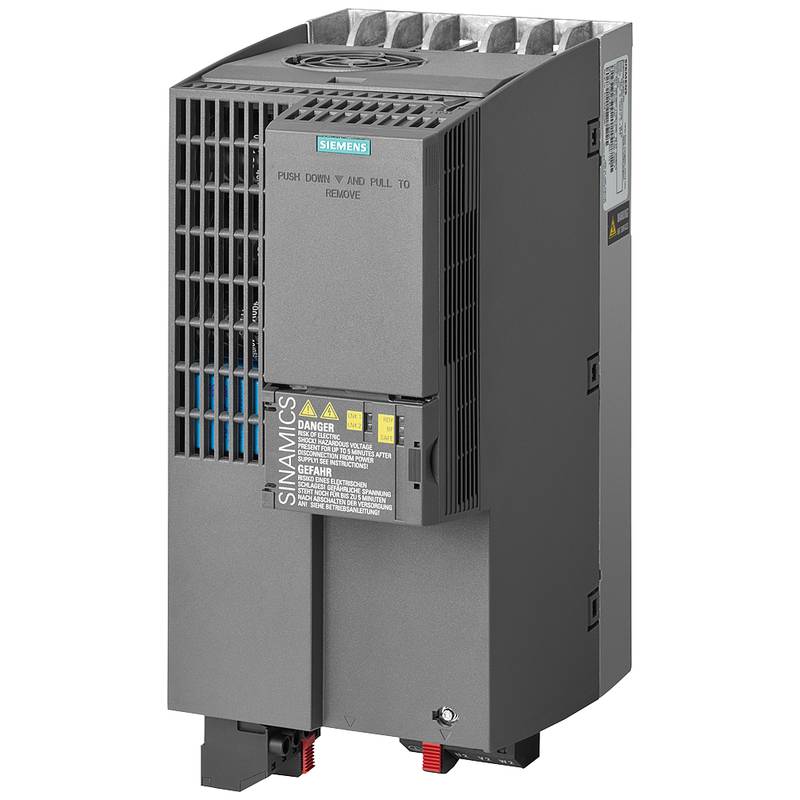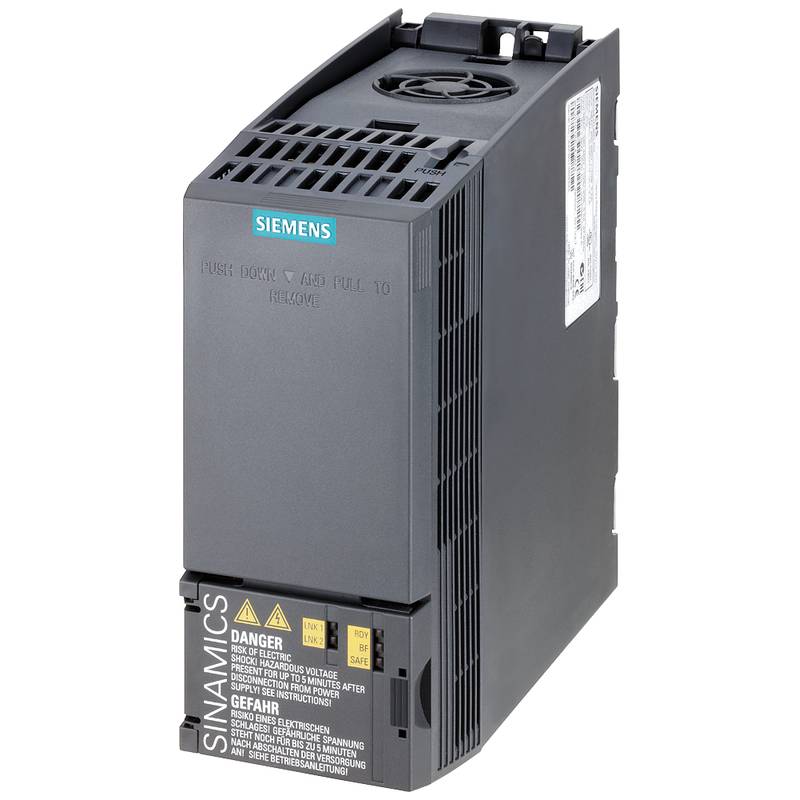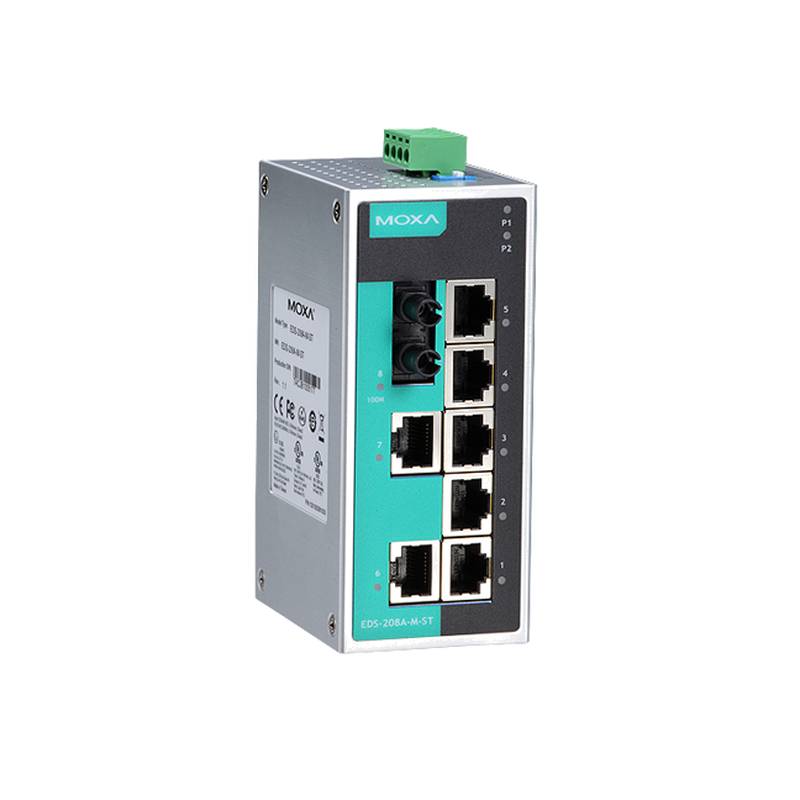
The INVT GD200A-250G/280P-4 General Purpose Inverter VFD stands as a robust solution for variable speed drive applications, offering exceptional control and efficiency. This advanced Variable Frequency Drive (VFD) delivers precise motor management, a wide input voltage range of 380V/400V/415V (3-phase), and supports motor capacities up to 250kW (335HP) for induction motors and 280kW (375HP) for permanent magnet synchronous motors. Its core advantages lie in its superior performance, flexible configuration options, and robust protection features, making it a premier choice for demanding industrial environments. Key technical parameters include an output frequency range of 0-3000Hz, built-in braking unit (standard for this model), and comprehensive communication protocols such as Modbus RTU.
Product Specifications
| Parameter | Specification |
| :----------------------- | :-------------------------------------------------- |
| Model | GD200A-250G/280P-4 |
| Rated Power (Induction) | 250 kW / 335 HP |
| Rated Power (PMSM) | 280 kW / 375 HP |
| Input Voltage | 380V/400V/415V (3-Phase) |
| Output Frequency | 0-3000 Hz |
| Control Method | Sensorless Vector Control, V/f Control, Auto-torque |
| Built-in Braking Unit | Yes |
| Communication Protocol | Modbus RTU (standard) |
| Protection Class | IP20 |
| Operating Temperature | -10°C to +40°C |
| Mounting Type | Wall-mounted / Cabinet Installation |
Core Features & Market Positioning
The INVT GD200A-250G/280P-4 distinguishes itself through its advanced sensorless vector control algorithm, providing exceptional torque response and speed accuracy even under fluctuating load conditions. This feature is critical for applications demanding precise process control, setting it apart from VFDs relying solely on V/f control. Its dual motor control capability (induction and PMSM) offers unparalleled flexibility, allowing users to optimize energy savings and performance based on motor technology. The integrated braking unit enhances safety and allows for rapid deceleration without external components, simplifying system design and reducing costs. Positioned as a high-performance, cost-effective solution, the GD200A series targets industries where reliability, energy efficiency, and precise motor control are paramount, offering a competitive edge against established brands.
Key Application Scenarios
This general-purpose inverter finds extensive utility across a diverse range of industrial sectors. It is ideally suited for fan and pump applications, where its precise speed regulation translates to significant energy savings and reduced wear. In material handling systems, such as conveyors and cranes, the GD200A-250G/280P-4 ensures smooth acceleration and deceleration, protecting loads and improving operational efficiency. Its robust performance also makes it a strong candidate for machine tools, extruders, and general manufacturing equipment requiring reliable and accurate motor speed and torque control. The VFD's adaptability to both induction and permanent magnet synchronous motors broadens its application scope, supporting modern industrial automation trends.
Practical System Integration Guidance
Integrating the INVT GD200A-250G/280P-4 into existing systems is streamlined due to its user-friendly interface and flexible configuration options. For installation, ensure adequate ventilation and adherence to the specified operating temperature range of -10°C to +40°C. Proper wiring is crucial; connect the incoming 3-phase power to terminals L1, L2, L3 and the motor to T1, T2, T3. For control signals, utilize the designated terminals for digital inputs, analog inputs (voltage/current), and digital outputs. The VFD supports Modbus RTU for communication, allowing for seamless integration into SCADA or PLC-based control systems via RS485 connections. Default parameters are often suitable for basic operation, but advanced tuning, particularly for sensorless vector control, may require adjusting motor data and control loop gains for optimal performance based on the specific motor and load characteristics.
Operation and Risk Mitigation
Safe and efficient operation of the INVT GD200A-250G/280P-4 VFD is paramount. Always ensure the drive is properly grounded and that all safety interlocks are functional before commissioning. During operation, monitor motor temperature and drive performance through the HMI or communication interface. Common troubleshooting involves checking input power, motor connections, and parameter settings. Critical fault codes, such as overcurrent (OC), overvoltage (OV), undervoltage (UV), and motor overload (OL), typically indicate issues with the power supply, motor, load, or drive itself. Referencing the product manual for specific fault code explanations and recommended corrective actions is essential for prompt resolution and to prevent potential equipment damage.
Scalability & Long-Term Value
The INVT GD200A-250G/280P-4 offers excellent scalability for evolving industrial needs. Its compatibility with a wide range of motors, including energy-efficient permanent magnet synchronous types, ensures future-proofing of automation systems. The inclusion of standard communication protocols like Modbus RTU facilitates integration into broader Industrial Internet of Things (IIoT) frameworks and digital manufacturing platforms, enabling advanced data acquisition and remote monitoring capabilities. For expanding operations, multiple GD200A drives can be networked or managed centrally. This adaptability, coupled with INVT's commitment to technological advancement, ensures that the GD200A series provides enduring long-term value, supporting process optimization and operational efficiency for years to come.
Frequently Asked Questions
How do I connect a motor to the INVT GD200A-250G/280P-4?
Ensure the inverter is powered off and properly grounded. Connect the three motor leads (e.g., U, V, W or T1, T2, T3) to the corresponding motor output terminals on the inverter. Verify that the motor's power rating and voltage are compatible with the VFD's specifications to prevent damage.
Verify the motor nameplate details against the inverter's capacity. Double-check wiring for loose connections or potential shorts before energizing the system. Incorrect motor wiring can lead to operational issues or drive failure.
Always consult the official INVT GD200A user manual for detailed wiring diagrams specific to your motor type (induction or PMSM) and the desired control method. This ensures correct phase sequencing and connection integrity.
What are the main advantages of the sensorless vector control on this VFD?
Sensorless vector control provides precise motor speed and torque regulation without needing a motor encoder. This significantly reduces installation complexity and cost, as no additional feedback devices are required.
This advanced control mode offers rapid torque response and accurate speed holding, even when load conditions change dynamically. It is crucial for applications needing stable performance, such as in conveyors or winding machines.
It also allows for operation at very low speeds with high starting torque, which is beneficial for processes requiring precise positioning or overcoming high inertia loads during startup.
How can I program the INVT GD200A-250G/280P-4 for specific industrial applications?
Access the VFD's parameter menu via the built-in keypad or use the INVT software tools for more complex programming. Start by configuring basic motor parameters like rated voltage, current, and frequency from the motor nameplate.
For advanced applications, adjust control parameters such as acceleration/deceleration times, speed references, and torque limits. Utilize digital inputs and outputs for external control signals, interlocking, and status feedback to integrate with your machinery.
Explore specific function codes for specialized applications like PID control for temperature or pressure regulation, or multi-step speed settings for varied process requirements. Always back up your programmed parameters before making major changes.
What is the typical input voltage range for the GD200A-250G/280P-4?
The INVT GD200A-250G/280P-4 operates on a 3-phase input voltage. Specifically, it is designed for a nominal input voltage of 380V, 400V, or 415V.
Ensure that the power supply connected to the VFD falls within this specified range. Operating outside this voltage window can lead to performance issues or damage to the drive.
Always confirm the local mains voltage to select the correct VFD model and ensure compatibility before installation to guarantee optimal and safe operation.
Does this inverter include a built-in braking unit?
Yes, the INVT GD200A-250G/280P-4 model comes standard with an integrated braking unit. This feature allows for dynamic braking of the motor.
The built-in braking unit enables faster deceleration and stopping of the motor by dissipating excess regenerative energy as heat through a braking resistor (resistor may need to be ordered separately depending on application).
This integrated component simplifies system design, reduces the need for external braking components, and enhances safety by providing controlled stopping capabilities for the driven equipment.
What are the key benefits of using permanent magnet synchronous motors (PMSM) with this VFD?
PMSM motors offer higher efficiency compared to traditional induction motors, leading to significant energy savings over time. They also provide excellent power density, meaning a smaller motor can deliver the same power output.
When paired with the GD200A's advanced control, PMSMs deliver superior dynamic performance, precise speed control, and higher torque at lower speeds. This is ideal for high-performance applications.
The extended speed range and smoother operation of PMSMs, controlled by this VFD, reduce mechanical stress on the driven equipment, potentially increasing its lifespan and reducing maintenance requirements.
How can I troubleshoot common fault codes on the GD200A-250G/280P-4?
Refer to the VFD's user manual for a comprehensive list of fault codes and their explanations. Common codes like OC (Overcurrent) might indicate rapid acceleration or a short circuit.
For faults such as OV (Overvoltage) or UV (Undervoltage), check the stability and range of your incoming AC power supply. Ensure the braking unit is functioning correctly if regenerative energy is a factor.
If an OL (Overload) fault occurs, verify the motor's nameplate data is correctly programmed into the VFD and that the connected load does not exceed the motor's capacity. Inspect the motor and driven equipment for mechanical binding.
What communication protocols does the INVT GD200A-250G/280P-4 support?
The INVT GD200A-250G/280P-4 natively supports the Modbus RTU communication protocol. This is typically implemented via an RS485 serial interface.
Modbus RTU allows the VFD to be easily integrated into supervisory control and data acquisition (SCADA) systems or programmable logic controllers (PLCs) for remote monitoring and control. This enables data exchange for process optimization.
Additional communication protocols might be available through optional communication cards, allowing for compatibility with other industrial fieldbuses like Profibus, DeviceNet, or CANopen, enhancing its flexibility in diverse automation architectures.
What is the typical operating temperature range for this inverter?
The INVT GD200A-250G/280P-4 is designed to operate reliably within an ambient temperature range of -10°C to +40°C. Adhering to this is critical for performance and longevity.
Operating the VFD outside this specified temperature range can lead to performance degradation, premature component failure, or immediate shutdown due to thermal protection. Ensure proper ventilation.
In environments where temperatures may exceed 40°C, derating of the VFD may be necessary, or alternative cooling solutions should be implemented to maintain optimal operating conditions. Consult the manual for derating curves.
Can this VFD be used for simple fan and pump control applications?
Yes, the GD200A-250G/280P-4 is highly suitable for variable torque applications like fans and pumps. Its V/f control mode is often sufficient for these tasks.
Utilizing the VFD for fan and pump control allows for precise speed adjustment, which can significantly reduce energy consumption compared to running motors at full speed and using mechanical throttling.
Furthermore, the soft-start capabilities of the inverter minimize mechanical stress on the system, prolonging the life of pumps, motors, and associated piping or ductwork by reducing surge pressures and vibration.

























